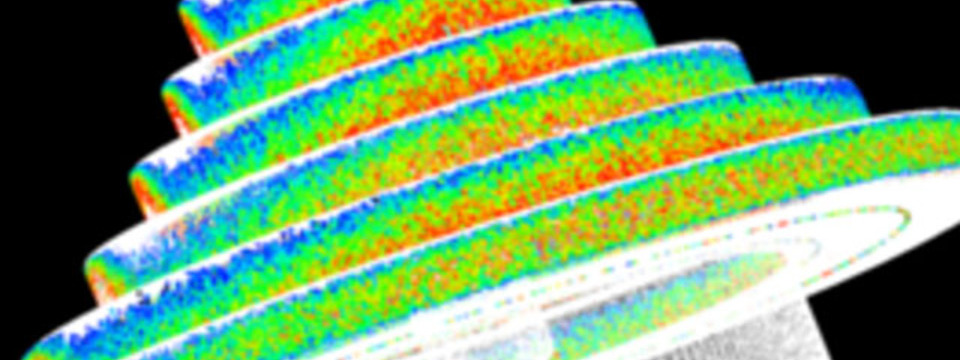
Computed tomography (CT)

Tabbed contents
Expertise
The use of computed tomography (CT) for 3D acquisition and measurement analysis in quality assurance offers decisive advantages over other 3D sensors. In contrast to optical or tactile sensors, which can only record the surface or externally accessible areas of a component, computed tomography is a non-destructive method which can scan the entire component three-dimensionally with all its internal geometric features and structures.
The measurement data obtained from the CT can be used not only for material inspection purposes, such as the detection of blowholes, but also for component inspection and measurement analysis. CT technology is used in particular for inspecting initial and random samples. The spectrum of components that can be examined with CT is very diverse, ranging from plastic components to light metal components and fiber composite components. Whether a component can be scanned by CT depends on the radiolucency of the material to X-rays, the geometry to be inspected, and on the wall thickness in the direction of radiation. To evaluate CT data, software tools are required that are capable of analyzing the measurement data swiftly and precisely, and of suitably displaying and outputting the calculated measurement results.